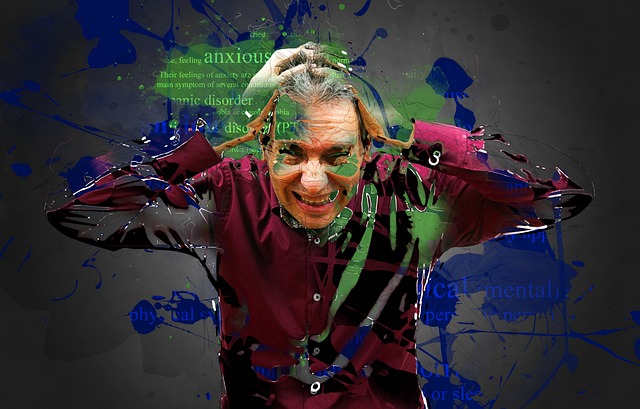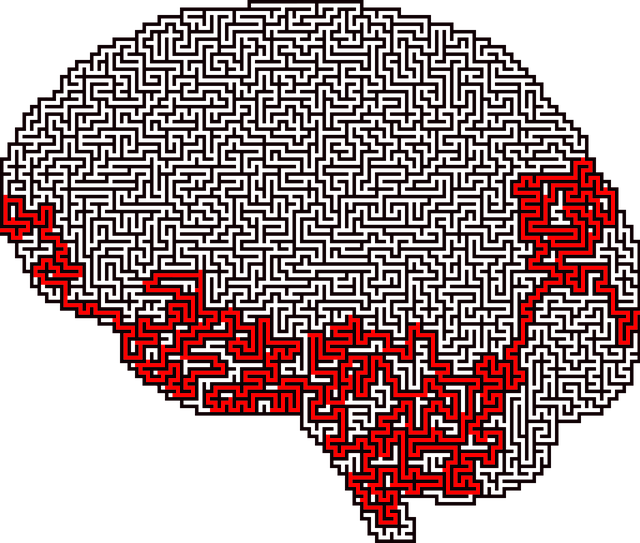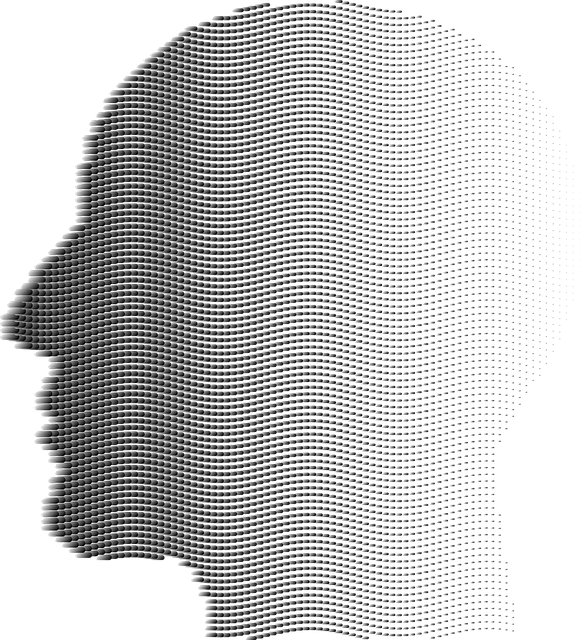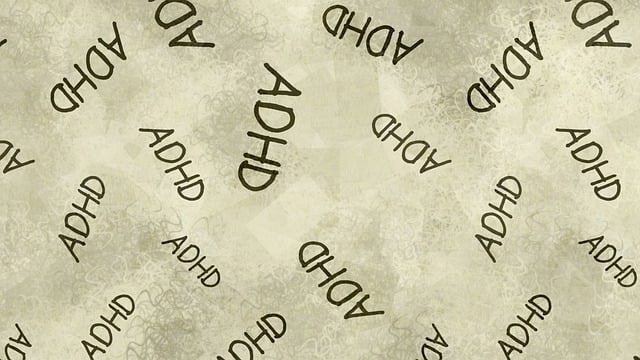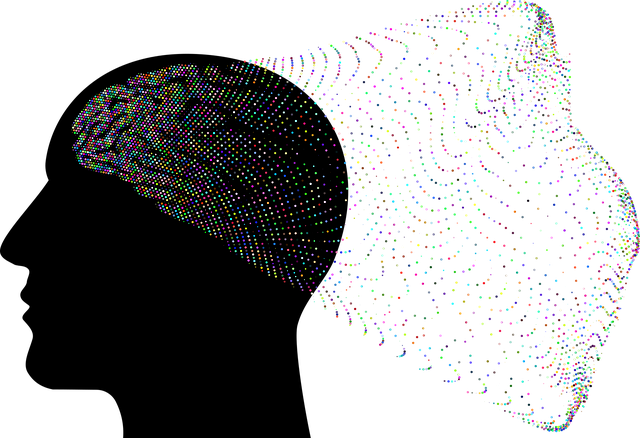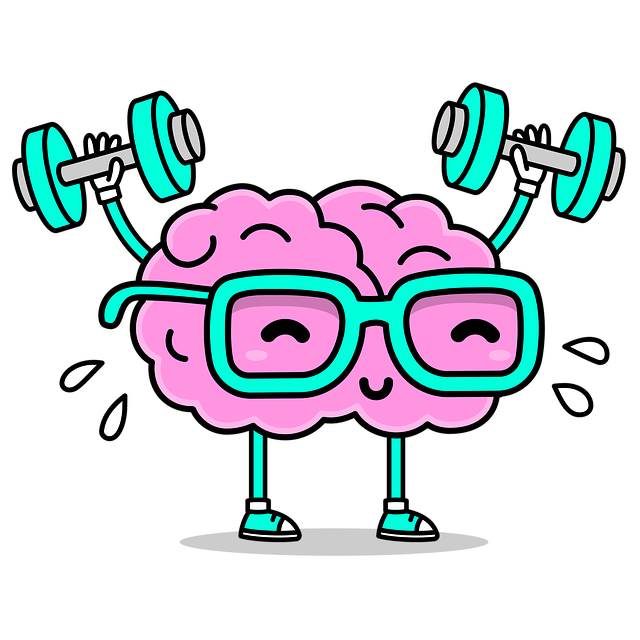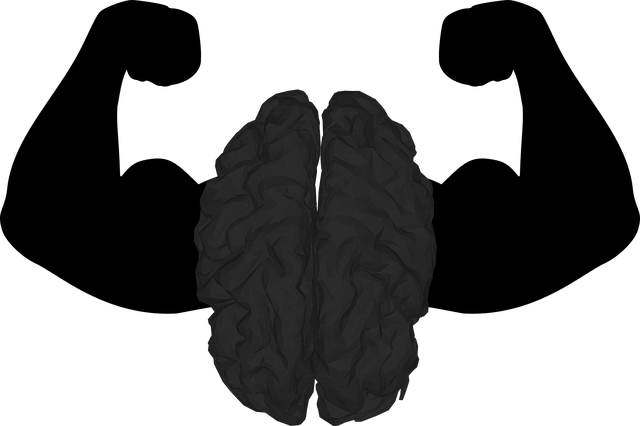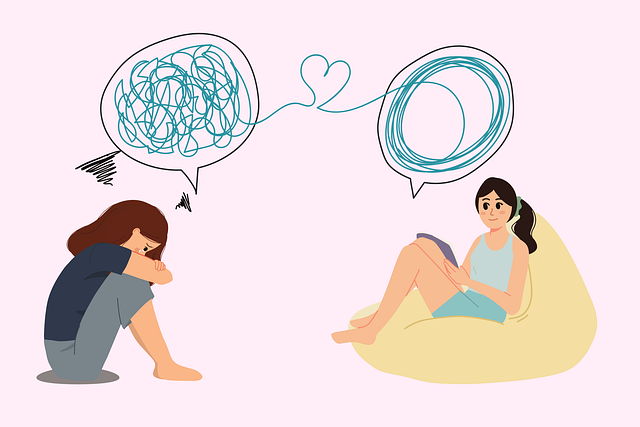The current diagnosis of mental illness in children is problematic due to subjectivity, lack of specialized care, and differences in symptom expression compared to adults. Misdiagnosis rates as high as 25% lead to inappropriate treatment and delayed access to effective therapies like mindfulness-based interventions. To improve accuracy, a holistic approach integrating mindfulness practices, empathy-building, mental wellness coaching, policy analysis, and cultural sensitivity is needed. This strategy enhances diagnostic accuracy, empowers children and caregivers with self-care tools, and promotes better mental well-being for vulnerable populations.
Mental illness diagnosis accuracy is a critical aspect of healthcare, yet challenges persist in ensuring precise identification. This article delves into the current landscape, highlighting misdiagnosis rates among children and common contributing factors. It explores innovative solutions like therapy, focusing on cognitive-behavioral and mindfulness approaches, which have shown promise in enhancing diagnosis accuracy. Additionally, it discusses best practices for healthcare professionals, emphasizing training, standardized criteria, multidisciplinary care, and continuous evaluation to foster consistent improvements. Incorporating mindfulness practices further reinforces these efforts.
- The Current Landscape of Mental Illness Diagnosis
- – Exploring the challenges and gaps in current diagnosis methods
- – Statistics on misdiagnosis rates and their impact on children
The Current Landscape of Mental Illness Diagnosis

The current landscape of mental illness diagnosis is a complex and challenging domain, where accuracy often remains an elusive target. Traditional methods, relying heavily on clinical interviews and standardized questionnaires, can be subjective and fail to capture the nuanced nature of mental health conditions. This has led to concerns about misdiagnosis and inadequate treatment plans, particularly for vulnerable populations like children. The young mind is still developing, making it imperative to approach childhood mental health with specialized care.
In this context, integrating therapeutic interventions such as mindfulness-based practices has gained traction. Mindfulness therapy offers a promising avenue for improving diagnosis by providing a window into an individual’s emotional state and thought patterns. By teaching children and their caregivers stress reduction methods and conflict resolution techniques through structured self-care routine development, mental health professionals can gain deeper insights into potential issues. This holistic approach not only enhances diagnostic accuracy but also equips individuals with valuable tools to navigate life’s challenges, fostering better overall mental well-being.
– Exploring the challenges and gaps in current diagnosis methods

The current methods for diagnosing mental illnesses, while widely used, present several challenges and gaps that must be addressed to ensure accurate and timely interventions. One significant hurdle is the complexity of childhood presentations, where symptoms can differ substantially from those observed in adults. This variability often leads to misdiagnosis or delayed diagnosis, impacting children’s access to appropriate therapy for children. For instance, anxiety in young individuals might manifest as extreme shyness rather than typical adult-presenting panic attacks, making it harder for professionals to recognize and diagnose.
Moreover, the subjectivity involved in clinical assessment and the reliance on self-report can introduce biases, especially when dealing with vulnerable populations. Enhancing diagnosis accuracy requires a multi-faceted approach that includes integrating Empathy Building Strategies to improve patient-therapist relationships, as well as leveraging Mental Wellness Coaching Programs Development for proactive mental health management. Additionally, Mental Health Policy Analysis and Advocacy are crucial in addressing systemic barriers and ensuring these improvements reach a wider audience.
– Statistics on misdiagnosis rates and their impact on children

Mental illness diagnoses for children often come with a significant level of uncertainty, with studies indicating that misdiagnosis rates can reach as high as 25%. This has profound implications, especially considering the long-term effects on a child’s well-being and development. When a child is misdiagnosed, they may receive inappropriate therapy for their actual condition, leading to delayed access to effective treatments like mindfulness-based interventions that have shown promise in addressing anxiety, depression, and trauma—all common issues among young individuals.
The consequences of misdiagnosis can be severe. Children might experience unnecessary stigma, especially if their conditions are misunderstood or stigmatized within their cultural context. This can hinder their willingness to seek support in the future. In light of these challenges, healthcare providers must prioritize cultural sensitivity in mental healthcare practice to ensure accurate assessments and appropriate care for all children. Additionally, focusing on depression prevention and trauma support services is crucial to building resilience and promoting positive mental health outcomes among youth.
Mental illness diagnosis accuracy is a critical aspect of patient care that demands continuous improvement. By acknowledging the challenges in current methods and understanding the significant impact of misdiagnosis, especially in children, we can foster more effective strategies. Integrating evidence-based practices such as mindfulness therapy for children offers promising avenues to enhance diagnostic precision. Through ongoing research, education, and the adoption of innovative tools, the field can navigate towards a brighter future, ensuring accurate assessments and tailored therapies for those in need.
